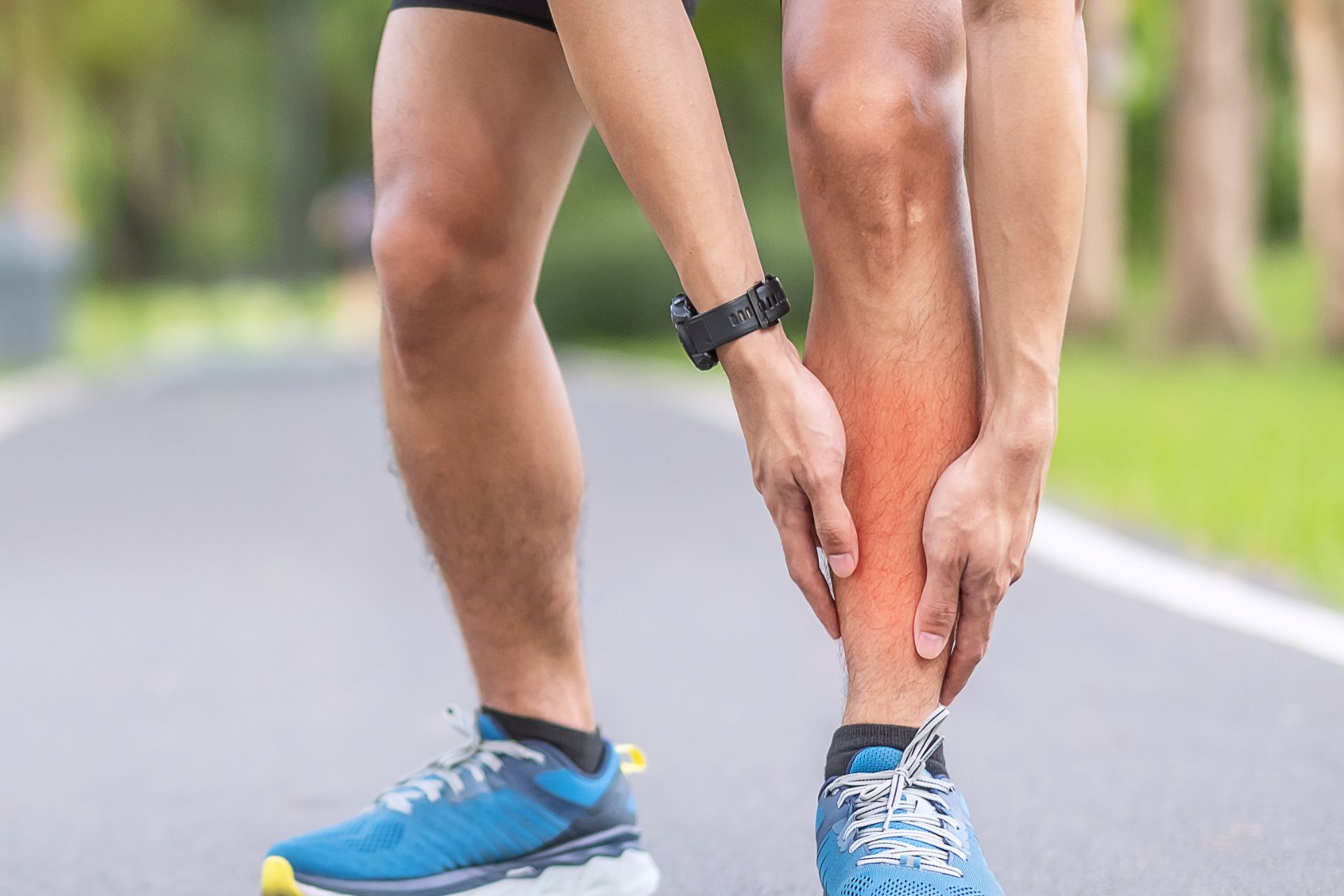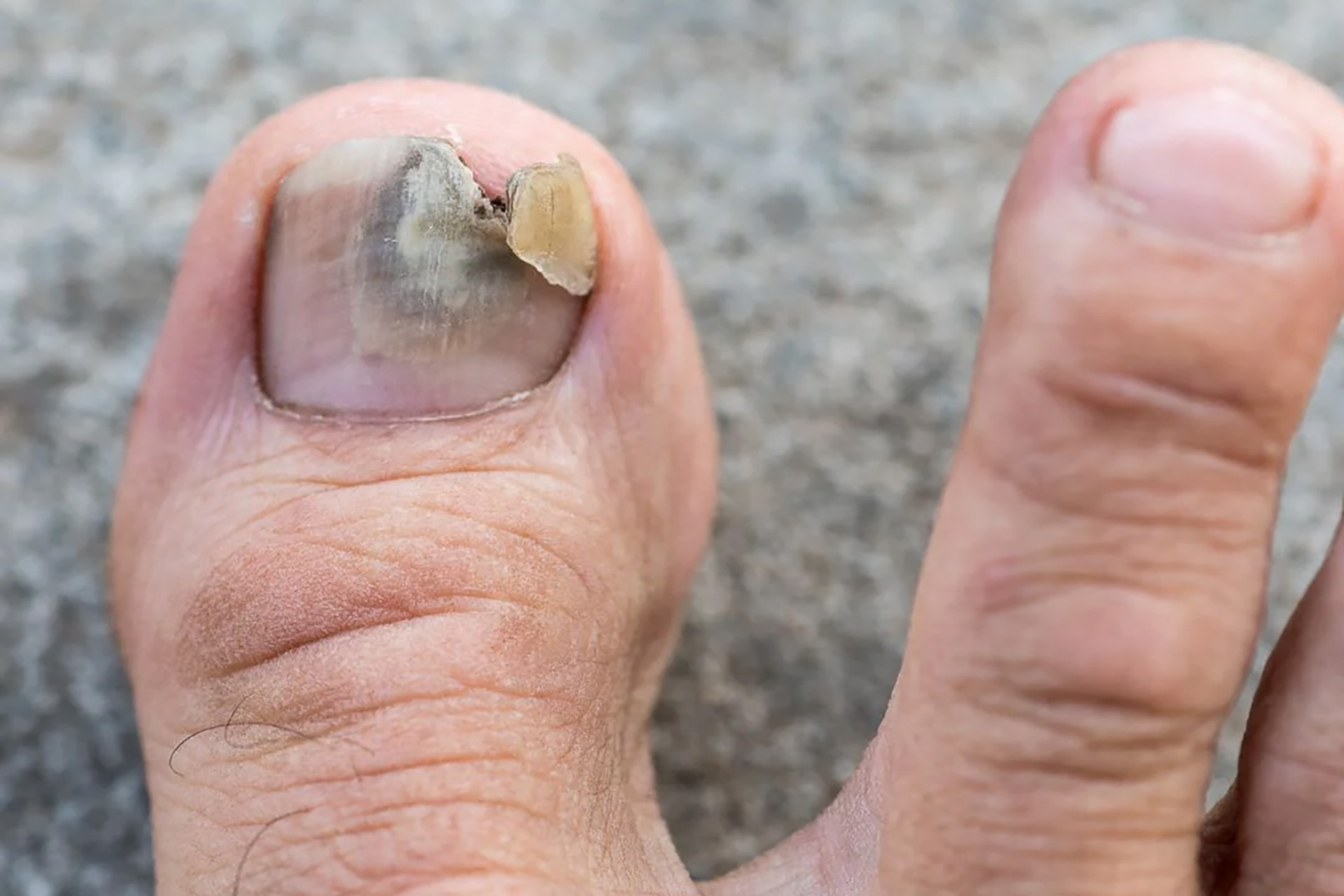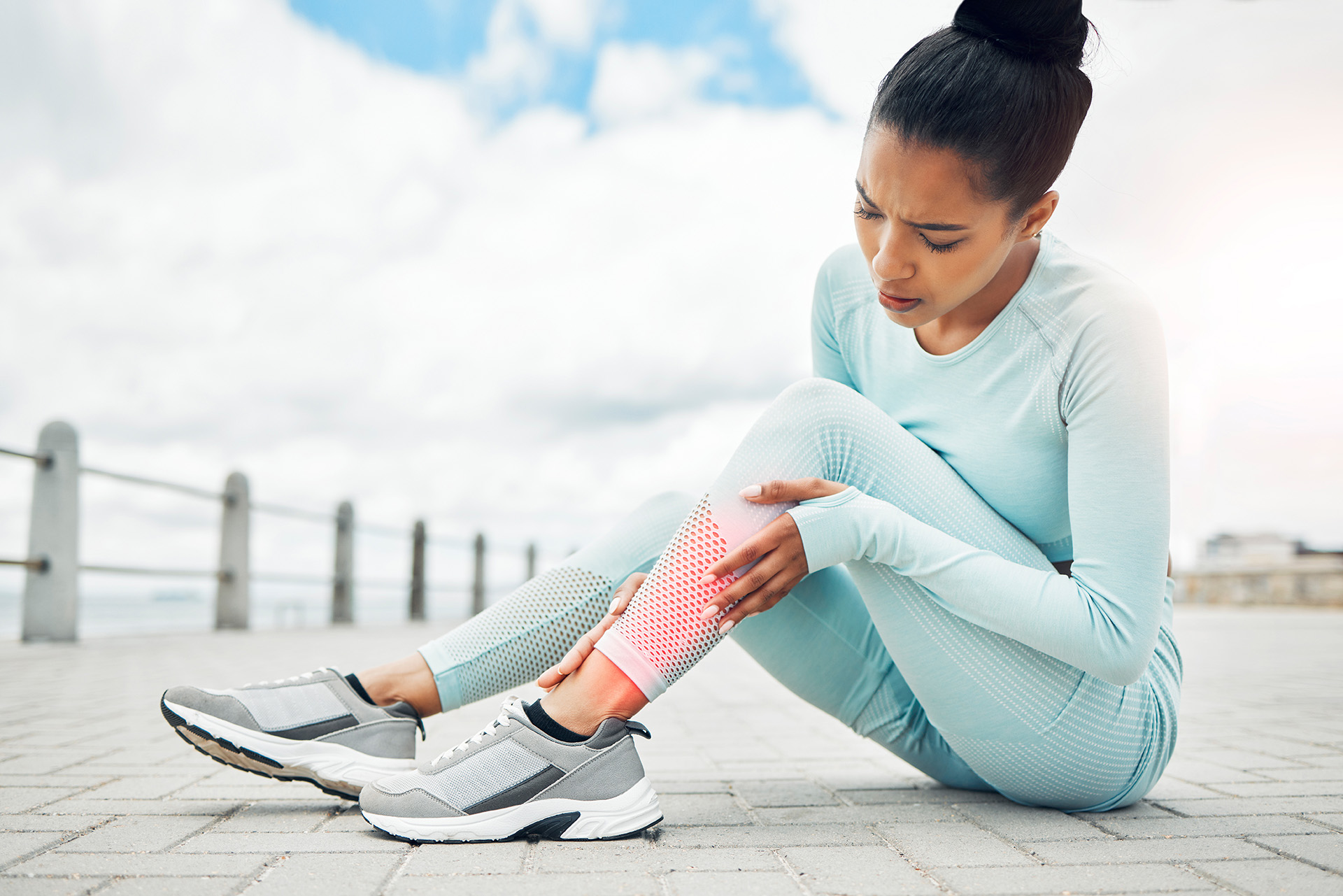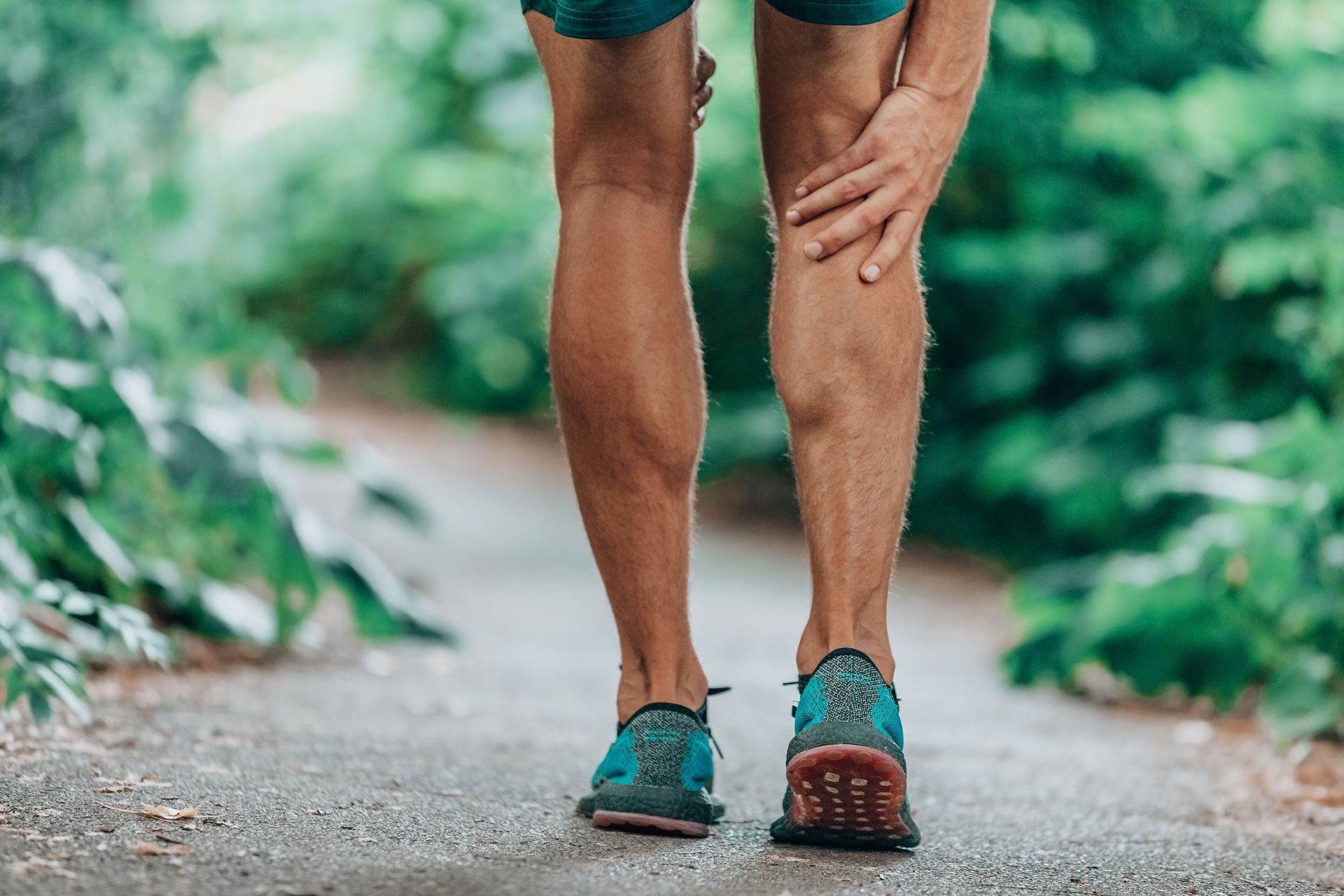You’re hitting your stride during a run, only to feel a dull ache or sharp twinge along your shins – what’s going on? This uncomfortable sensation of shin bone pain when running, known as shin splints or ‘medial tibial stress syndrome’, often comes from overuse and is particularly common among runners who ramp up mileage or intensity too quickly.
The good news? Shin splints typically don’t require surgical intervention or major medical treatment. When caught early, they can often be managed with rest, icing and a break from high-intensity exercise. Here’s how to ease the strain on your shins and avoid further injury.
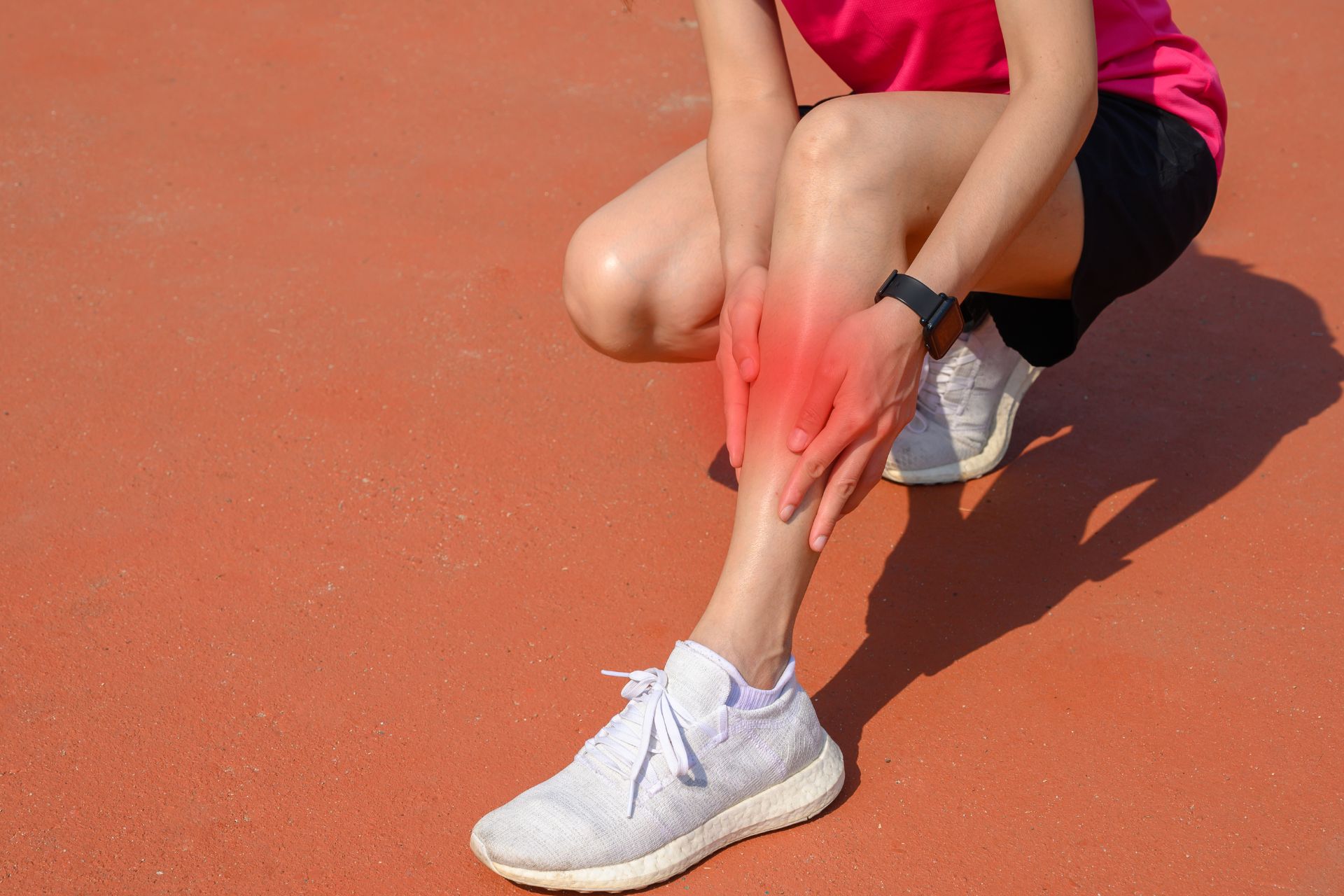
Why Do Shin Splints Happen?
Although there’s no single cause of shin splints, two primary theories exist in sports medicine. One theory suggests that repeated stress on the tibia – the main shin bone – during activities like running may cause microtrauma over time. Another explanation is that overworked lower leg muscles, such as the calves, pull on the tibia, similar to how constant tugging can strain a curtain rod. Either way, the bottom line is an overload on the shin area, which often explains why your shins hurt when running, and that symptoms improve once running stops and the stress on the shins eases.
Key Contributors to Shin Splints (and How to Address Them)
While the primary culprit behind shin splints is often overtraining, this term encompasses more than just mileage. Factors such as workout intensity, running surface and form all place extra strain, leading to your shin bone hurting when running.
1. Running Form
Overstriding, or landing too far in front of your body’s centre of gravity, can place added pressure on your legs, leading to sore shins when running. This happens when your leg is too straight upon impact, reducing your body’s natural shock absorption. To avoid shin splints after running, focus on shortening your stride, avoiding heel strikes, and keeping your torso upright instead of leaning forward.
2. Training Balance and Recovery
Your overall approach to training is crucial. Even if your running form is solid, inadequate recovery can lead to shin splints. Quality sleep, proper nutrition and stress management are essential to allow your muscles to repair. Make recovery a priority between workouts to protect against overuse injuries.
3. Running Surface
The type of surface you run on affects shin splint risk. Some runners develop shin splints on hard surfaces like pavement, while others feel shin pain when running on uneven trails or steep hills. Mixing up surfaces in your training can be beneficial, but start at a lower intensity if you’re new to a particular terrain. For example, try a light jog uphill instead of a sprint or incorporate walking intervals on trails if you’re unfamiliar with the terrain.
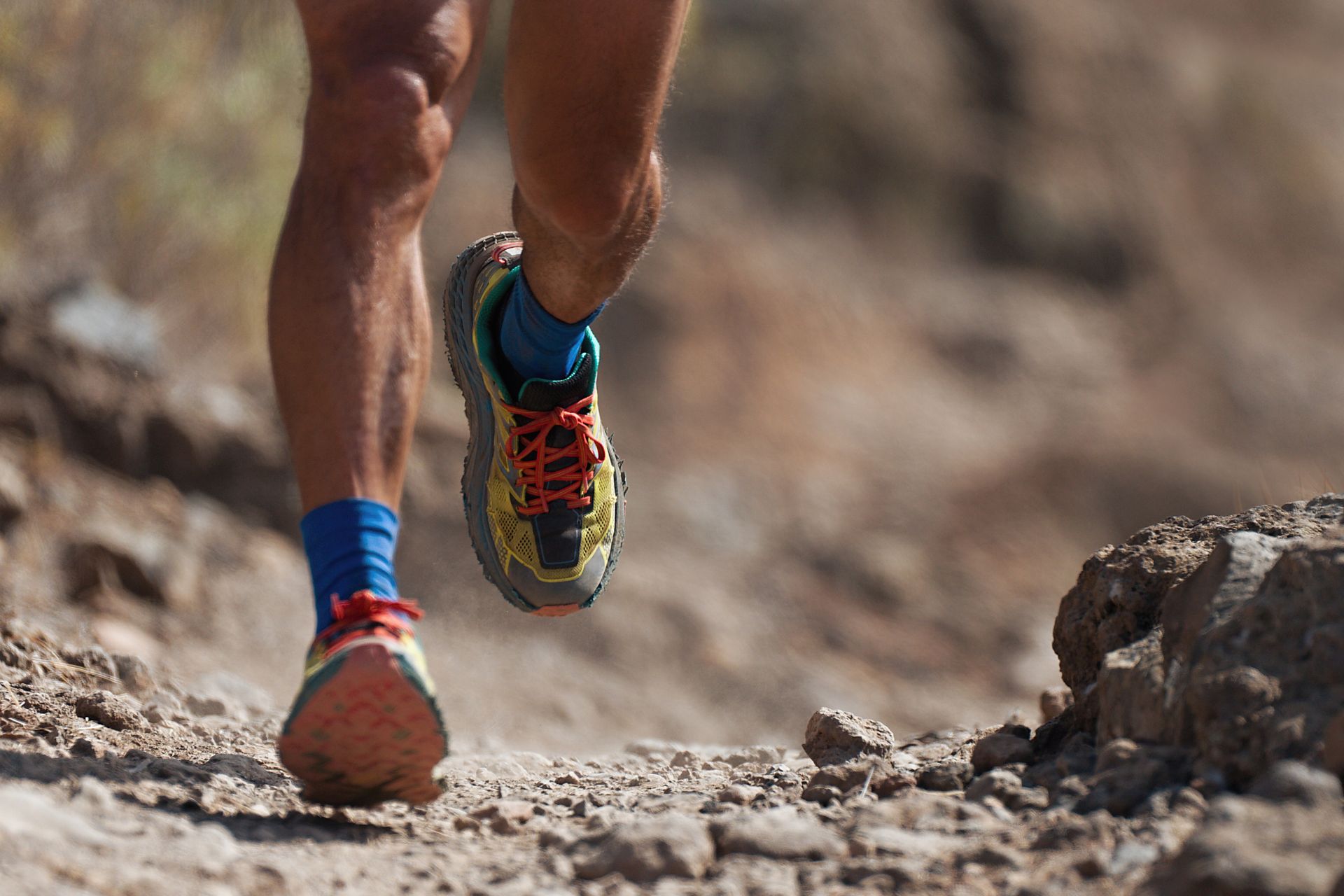
4. Lower Leg Strength
If the muscles in your lower legs aren’t strong enough, they’re more prone to the repetitive stress that leads to shin splints. Strengthening exercises like lunges, squats and deadlifts can help build resilience in your legs, allowing them to absorb impact better and reduce strain on the tibia.
5. Footwear and Support
Inadequate or worn-out footwear is a significant contributor to shin splints. Running shoes typically last 400-500 miles before losing their shock-absorbing properties, even if they look fine externally. Wearing shoes past their practical life or choosing inappropriate footwear for your foot type can increase stress on your shins. Runners with flat feet or high arches may need specific support features or custom orthotics to distribute impact forces properly.
Pay attention to how your shoes feel — if you notice decreased cushioning or develop new aches after running in shoes you’ve had for a while, it’s probably time for a replacement. Additionally, transitioning too quickly to a different type of shoe (like switching from supportive to minimalist footwear) can increase your risk of developing shin splints, just as varying up your training routine too quickly can do the same.
A great preventive strategy is to increase activity intensity and duration gradually. Progressing slowly in your training, whether by intervals or a well-paced running plan, allows your body to adapt without overwhelming your shins.
Supporting Your Recovery and Prevention
While kinesiology tape or braces may offer temporary relief, proper training techniques are essential to address the root causes of shin splints.
A gait analysis can be invaluable in identifying biomechanical issues that may contribute to shin splints, such as overpronation, improper stride length, or imbalance in foot strike. By understanding these factors, a podiatrist can recommend targeted adjustments in footwear, custom orthotics, or running form.
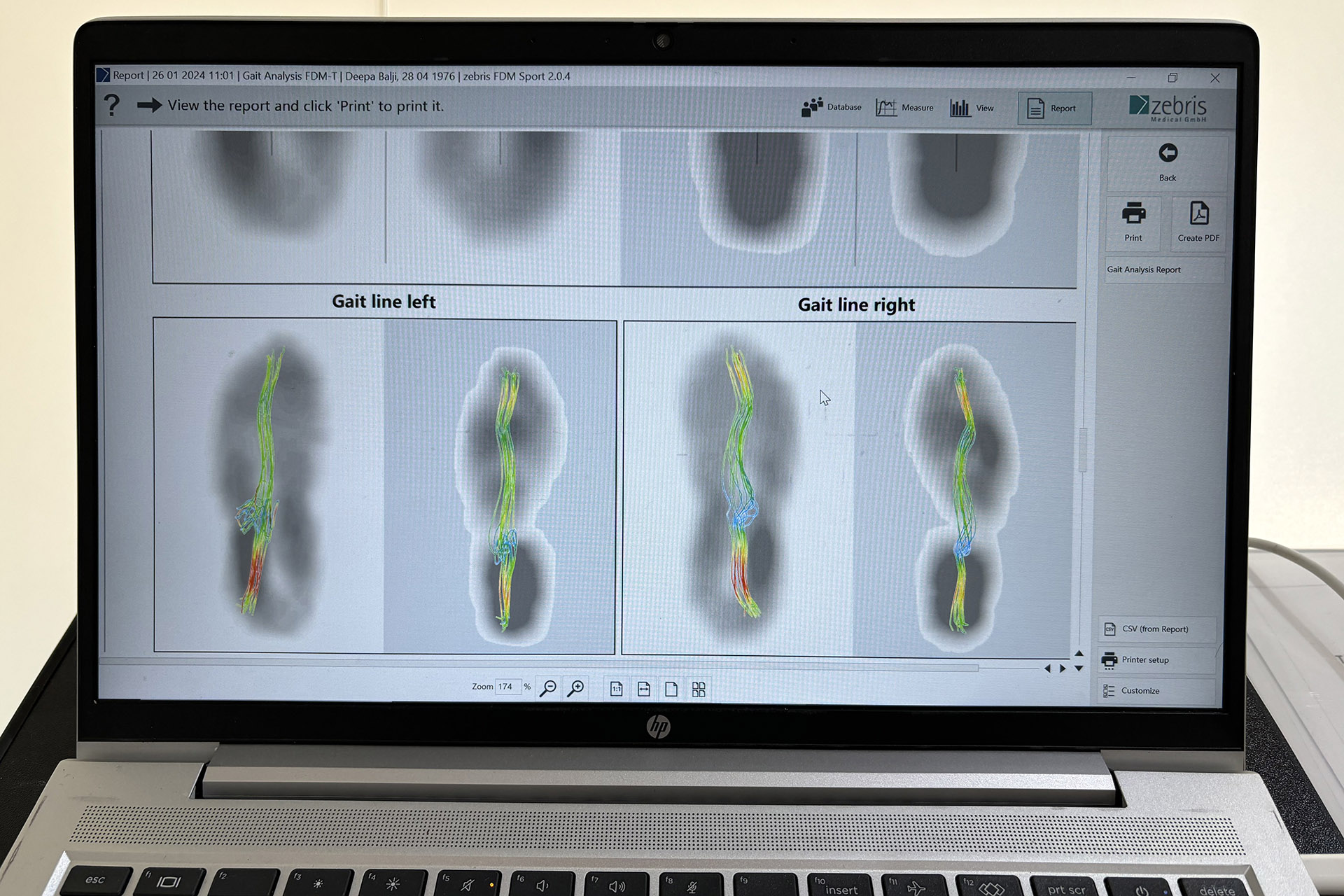
Combined with strengthening exercises, recovery, and mindful pacing, this approach provides a sustainable solution for preventing shin splints and improving overall running efficiency.
The Takeaway
Shin splints can be an early signal that your body needs adjustments in training. By balancing intensity, mileage, and recovery, you’re less likely to push your shins to the point of injury. Still, you don’t have to manage shin splints alone. Consult with our expert podiatrist at The Foot Practice to rule out more serious issues like stress fractures. Once cleared, The Foot Practice podiatrist can assess your stride and provide personalised recommendations to help you get back to running without pain.

